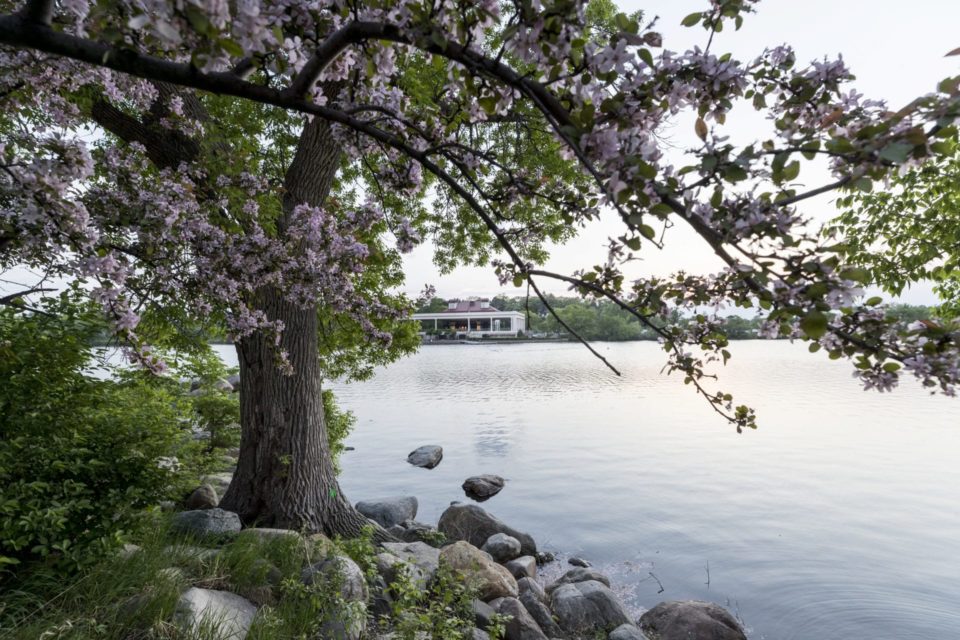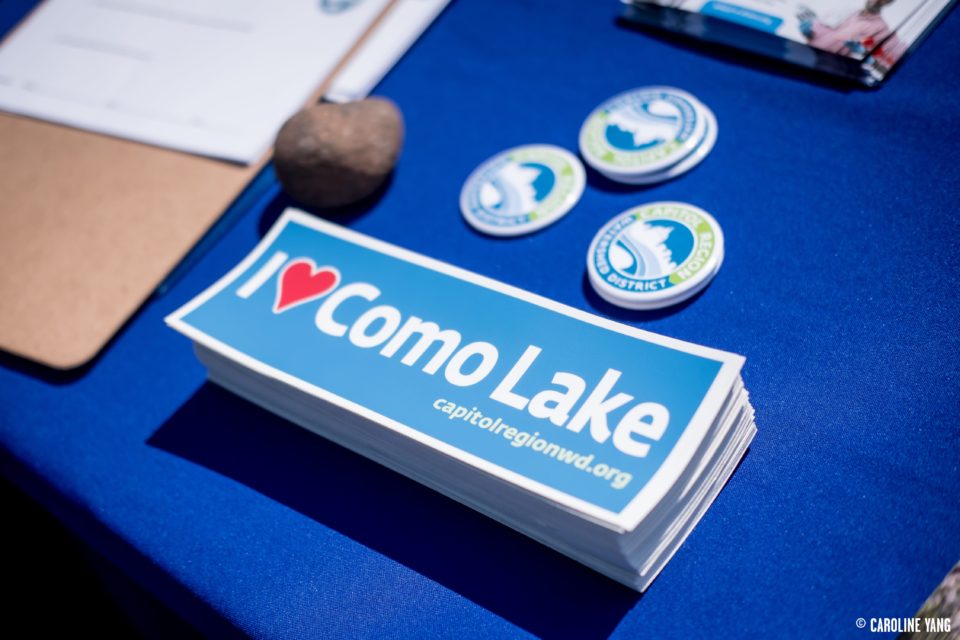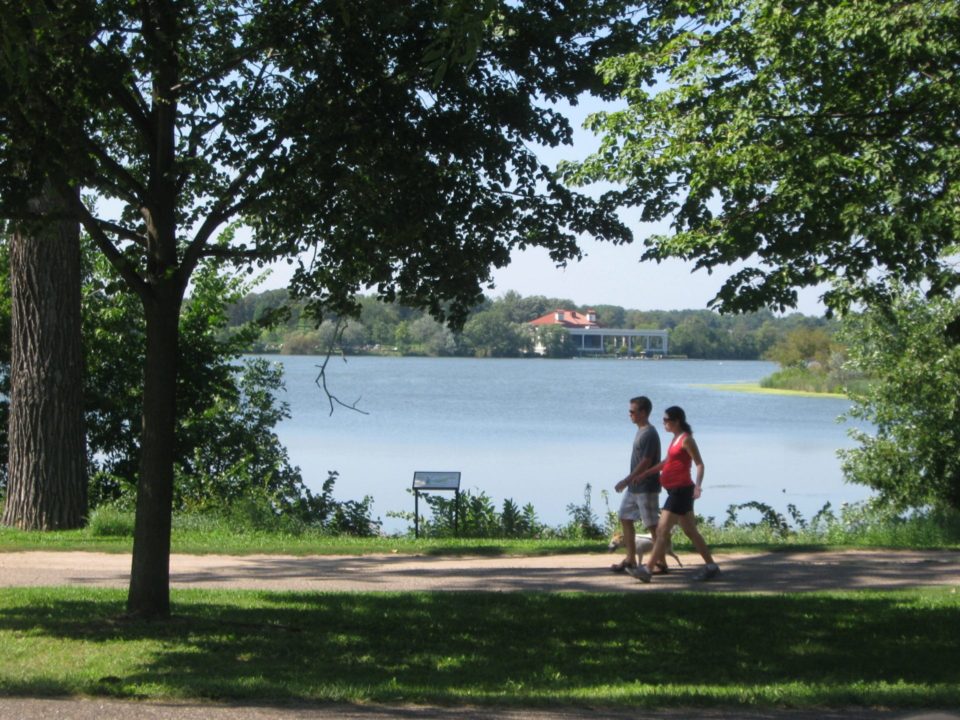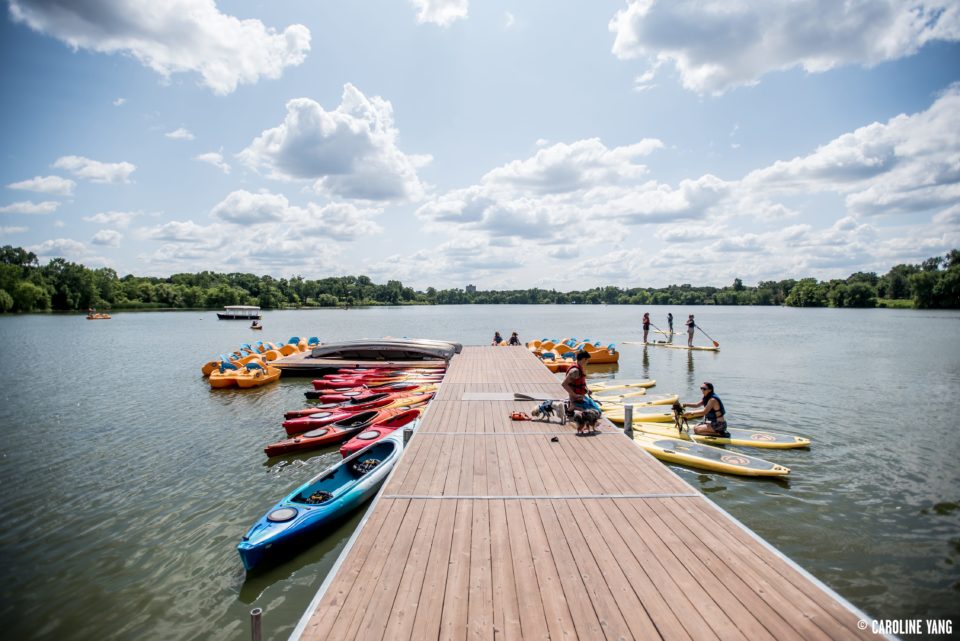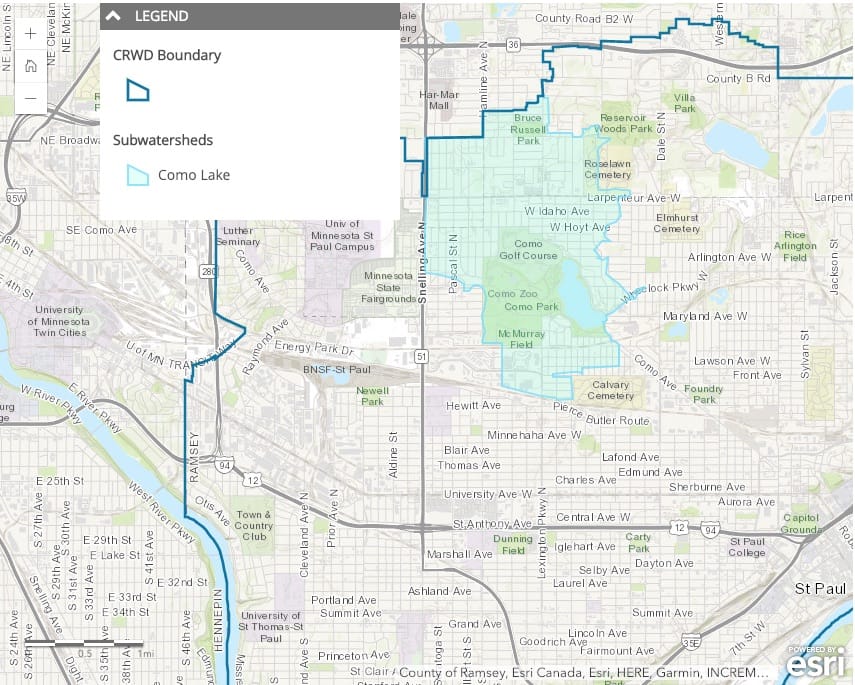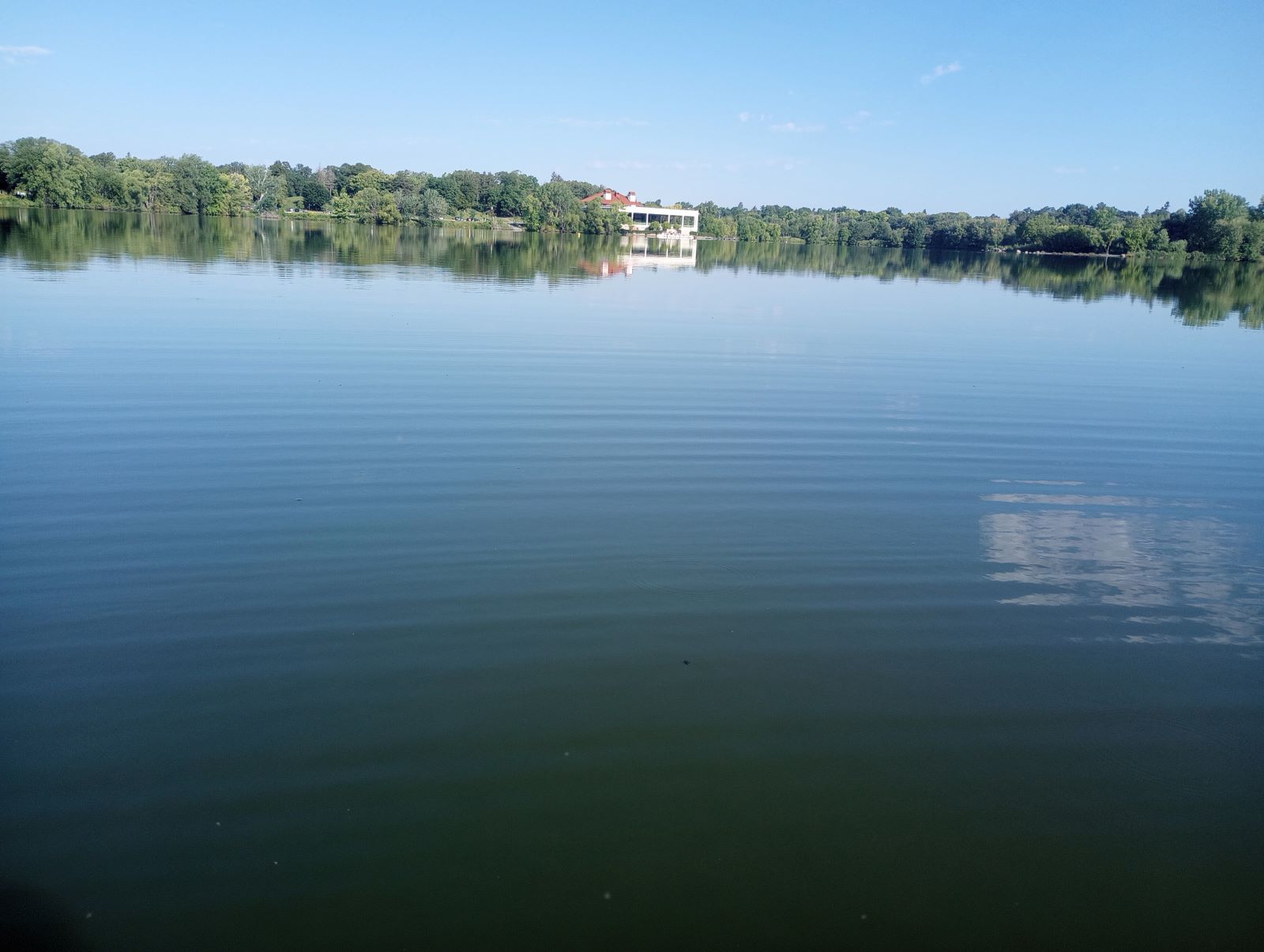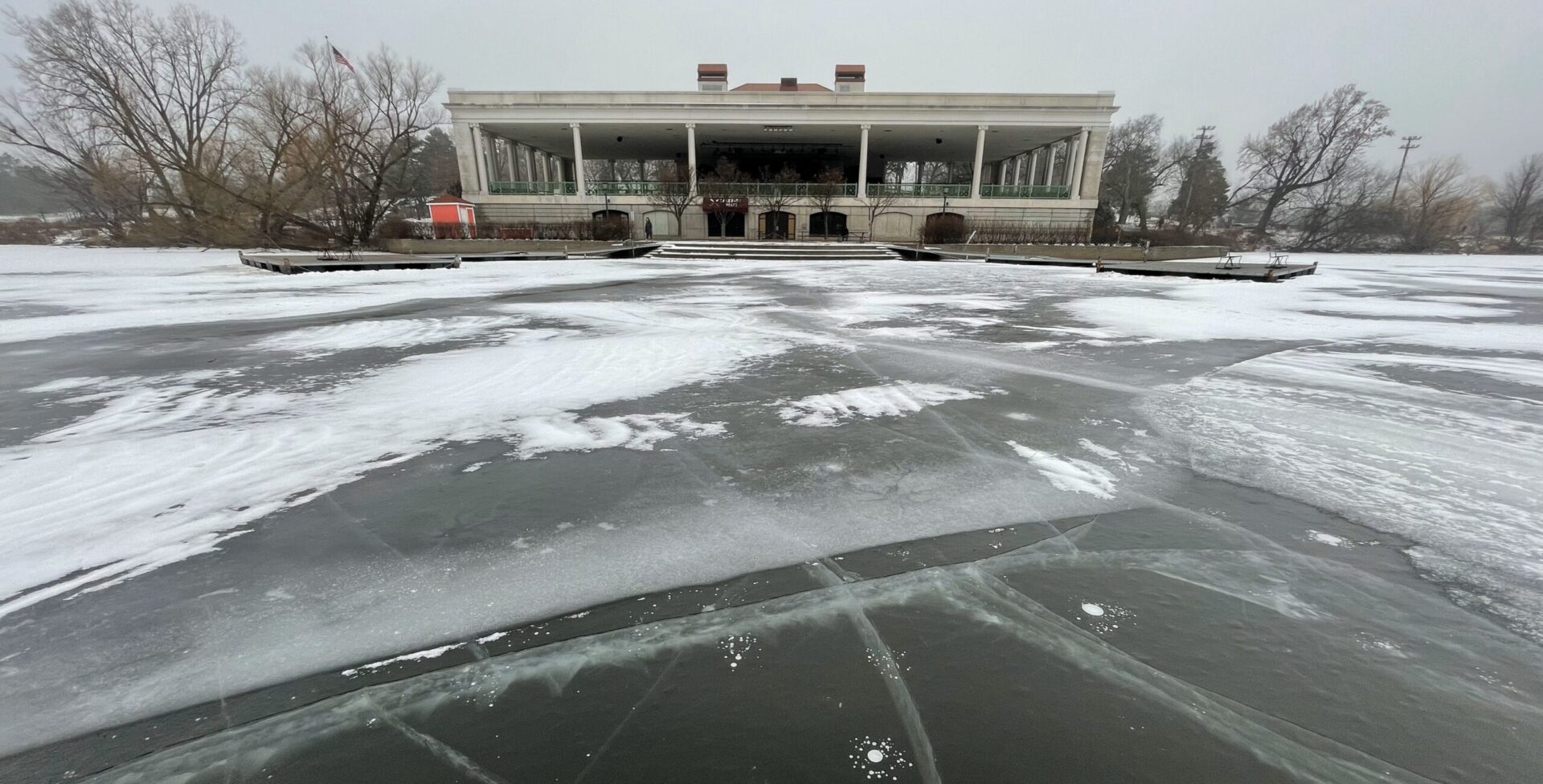Unfortunately, stormwater runoff from the lake’s urban surroundings has hurt its water quality. In addition to nutrient pollution, sediment and high algae growth in the summer have changed Como Lake’s natural balance. Historically, sediment from construction, roads and general erosion has been a significant water quality challenge for the lake, reducing overall lake volume and decreasing habitat value for the lake’s fish populations. However, Como Lake’s greatest water quality problem is excessive phosphorus, which has caused annual algal blooms and overgrowth that has further damaged the integrity of the lake.
Visit Map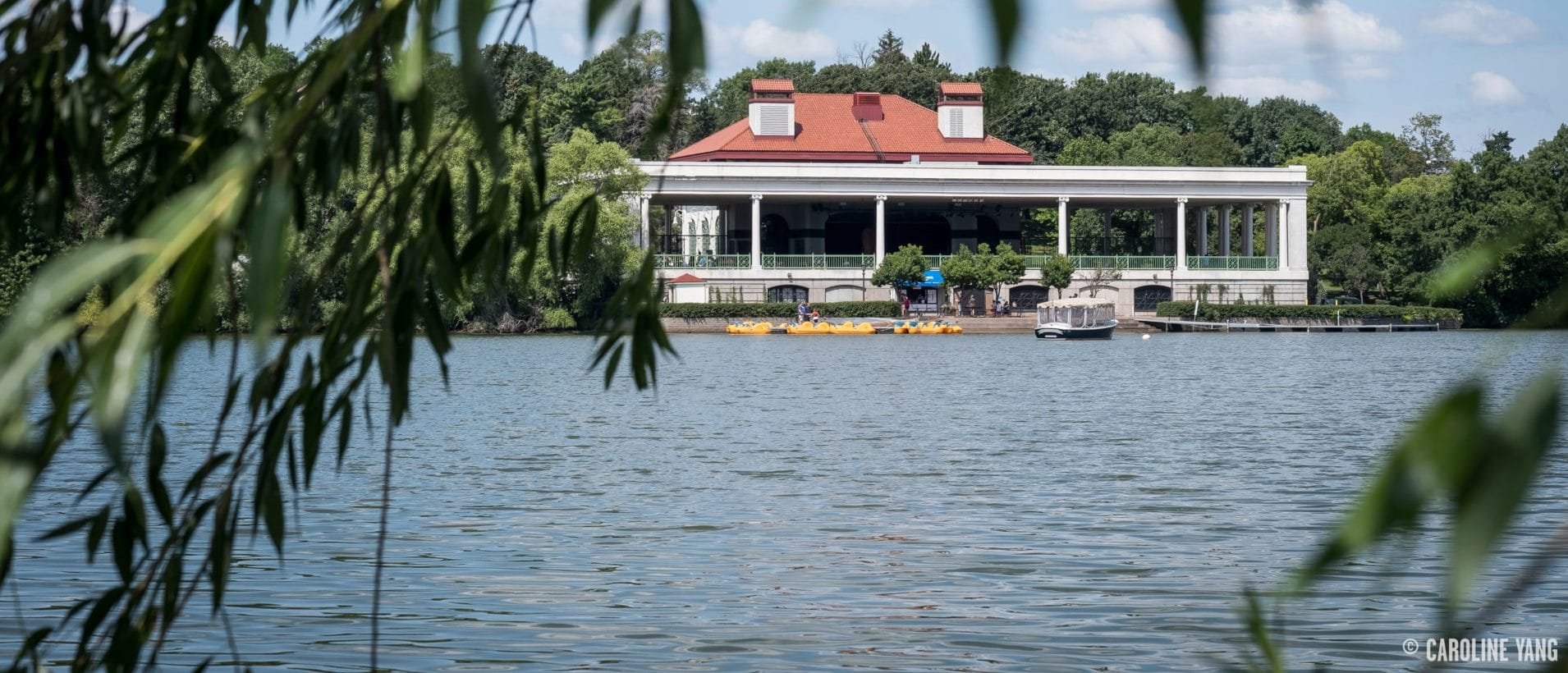
Como Lake
Background & Updates
District residents need no introduction to Como Lake and its parkland, a popular spot for recreation in the City of Saint Paul. Como Lake draws more than 4.3 million visitors each year for outdoor activities, including Como Regional Park and Golf Course and the lake’s surrounding attractions. The 70 acre lake drains more than 1,711 acres of land in Saint Paul, Roseville, and Falcon Heights.
With a maximum depth of 15.5 feet, Como Lake is a shallow body of water. The shallow depth of the lake, coupled with large nutrient inputs from upland areas, has had a significant impact on Como Lake water quality. In fact, CRWD began when a group of residents raised concerns about the water quality in Como Lake. Accordingly, the District has placed a high priority on improving Como Lake, as it is one of the most recognizable and well-loved water resources.
Como Lake Health
Stormwater runoff from the lake’s urban surroundings has hurt its water quality. In addition to nutrient pollution, sediment and high algae growth in the summer have changed Como Lake’s natural balance. Historically, sediment from construction, roads and general erosion has been a significant water quality challenge for the lake, reducing overall lake volume and decreasing habitat value for the lake’s fish populations. However, Como Lake’s greatest water quality problem is excessive phosphorus, which has caused annual algal blooms and overgrowth that has further damaged the integrity of the lake.
The Como Lake watershed has 13 major subwatersheds within its boundaries. A subwatershed is a localized drainage area within a greater watershed. Understanding the characteristics of each Como Lake subwatershed is important for managing runoff to Como Lake because each behave differently depending on their land use, topography, soil types, and drainage pathways to the lake. An important characteristic of the Como subwatersheds is that the drainage pathways are conveyed primarily via storm sewers—the Como Lake watershed has a dense storm sewer network that effectively transports runoff to the lake. Because of this, the landscape of each subwatershed is directly connected to the lake. There are 22 stormwater outfalls that directly drain into Como Lake. A large portion of the watershed consists of impervious surfaces (40%), which includes roads, parking lots, driveways, sidewalks, and rooftops—any type of hard surface that water cannot infiltrate through. As rain falls on these impervious surfaces, water flows across and becomes “runoff”. The stormwater runoff picks up pollutants (e.g. nutrients, road salt, heavy metals) on the impervious surfaces and quickly enters stormwater pipes which discharge into local water bodies like Como Lake. Learn more about the Como Lake Watershed
Como Lake Management Plan
CRWD is committed to improving water quality in Como Lake. In 2002, CRWD created a strategic plan (view 2002 Como Lake Strategic Management Plan) that guided the District and its partners to address Como Lake water quality priorities. In 2017, CRWD conducted the Como Lake Water Quality Drivers Analysis Study to better understand what is causing the lake’s poor water quality. Based on the results of this study and ongoing monitoring, the District created a revised Como Lake Management Plan (CLMP) in 2019 that also includes input from residents and community partners. The revised plan builds on the past two decades of work around the lake with a specific focus on management within the lake. The goals of the CLMP are:
- Goal 1: Como Lake will be managed as an ecologically healthy, shallow lake.
- Goal 2: Maintain healthy shoreline areas that can support a variety of wildlife and contribute to the ecological health of Como Lake.
- Goal 3: Maintain a variety of year-round recreational opportunities that are appropriate for a shallow urban lake
- Goal 4: Achieve strong sustained community engagement and stewardship to improve and protect Como Lake
- Goal 5: Utilize the best science, partnerships, and resources to ensure successful implementation of the CLMP over the life of the plan (20 years).
The life of the revised plan is defined as 20 years (2019-2039) to allow enough time for Como Lake to respond to in-lake and watershed management actions and achieve ecological balance. The CLMP is an adaptive management plan and will be updated every few years as short-term actions are implemented and evaluated.
View Como Lake Management PlanComo Lakeshore
The Como Lakeshore Management Plan (2022) was developed to guide the long-term maintenance and management of Como Lake’s lakeshore areas. These include the shoreline, the vegetative buffer, and the active parkland areas. The Lakeshore Plan was an outcome of the Como Lake Management Plan which identified the importance of maintaining healthy lakeshore areas to promote the ecological health of Como Lake (Goal 2).
Lakeshore areas play a key role in protecting water quality and promoting overall lake health by providing a buffer to filter runoff, reduce wave erosion, and provide habitat for native plants and wildlife. Maintaining these areas is critical for ensuring their best function.
The City of Saint Paul converted Como Lake’s lakeshore from turf grass to a native plant buffer in the early 2000s. Since the restoration, the City has been working to maintain the resource. CRWD developed the Lakeshore Plan in collaboration with the City of Saint Paul so we can work together to improve Como Lake’s lakeshore areas.
Building on previous planning projects, the Lakeshore Plan focuses on improving the ecological health, resilience, aesthetics, and functionality of the land immediately surrounding Como Lake. The Lakeshore Plan presents goals, objectives, and actions for the adaptive management of Como Lake’s lakeshore as a healthy, accessible, low-maintenance landscape.
Como Lake Projects
-
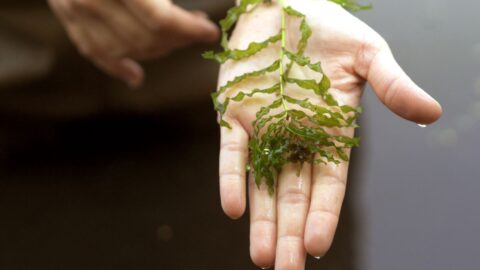
Como Lake Aquatic Plant Management
Go To Project -
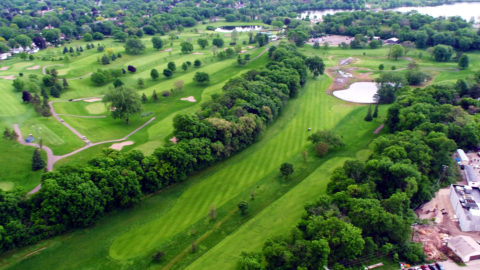
Como Golf Course
Go To Project -
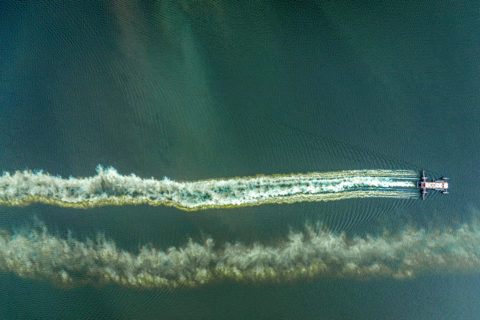
Como Lake Alum Treatment
Go To Project -
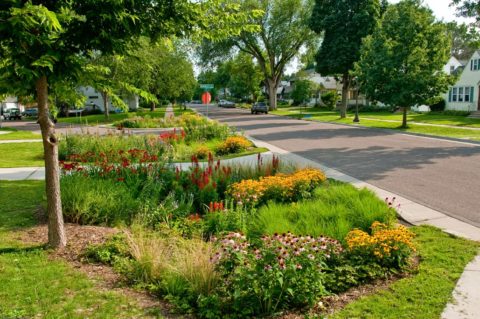
Arlington Pascal Stormwater Improvement
Go To Project -
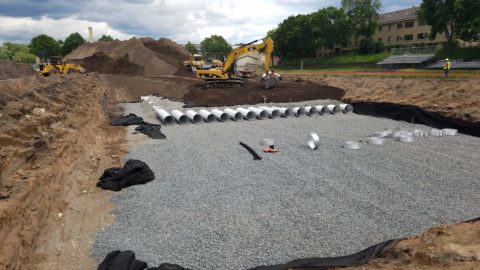
Protecting Como Lake and Lake McCarrons with Support From the Clean Water Fund
Go To Project

